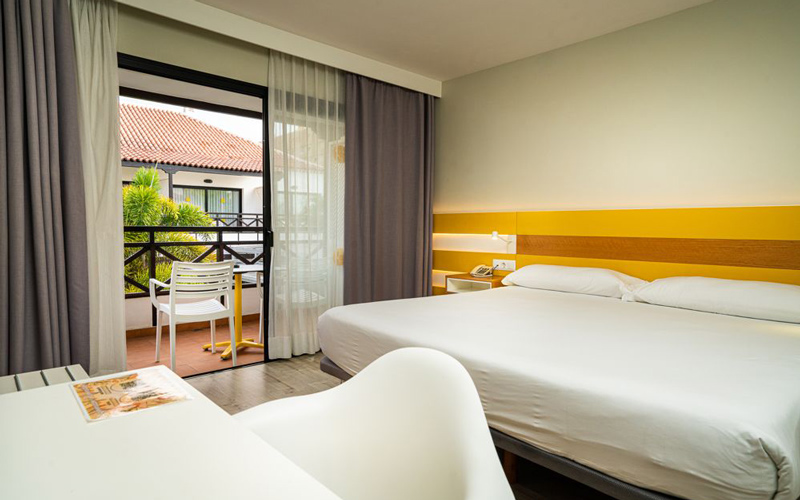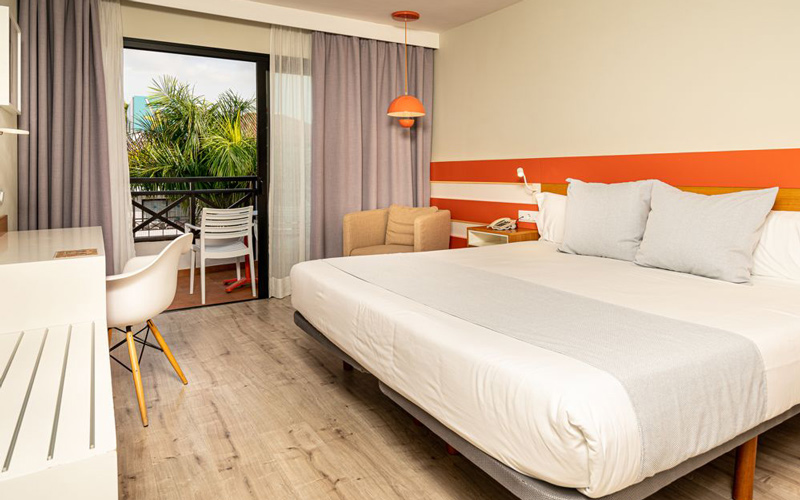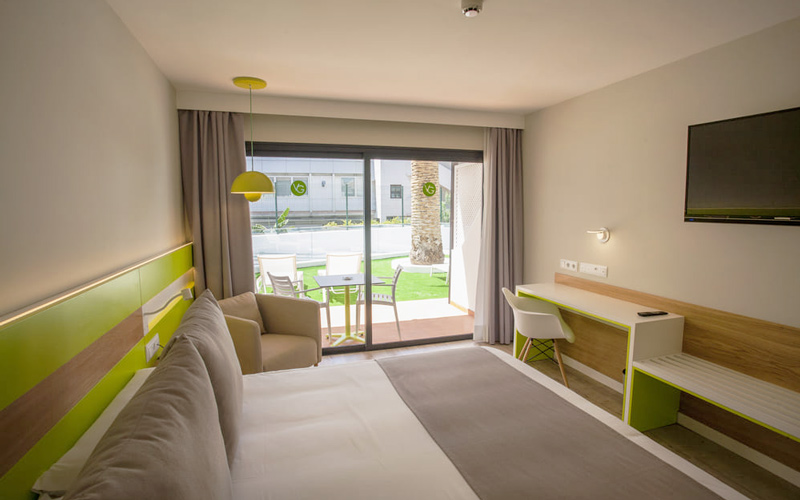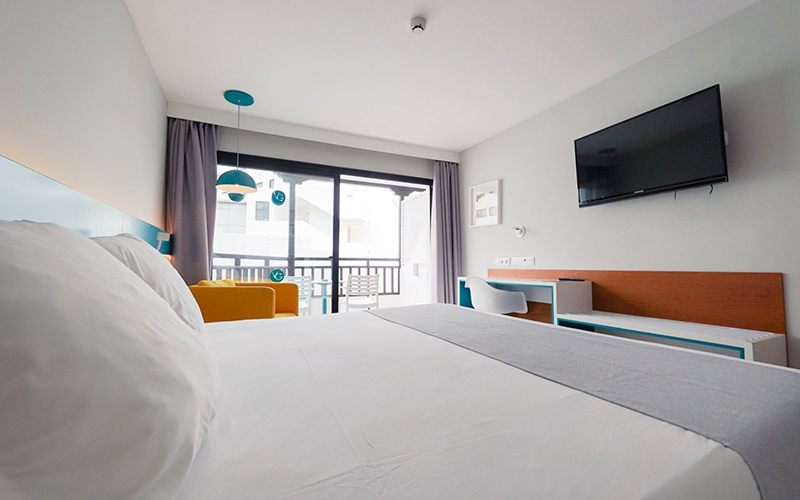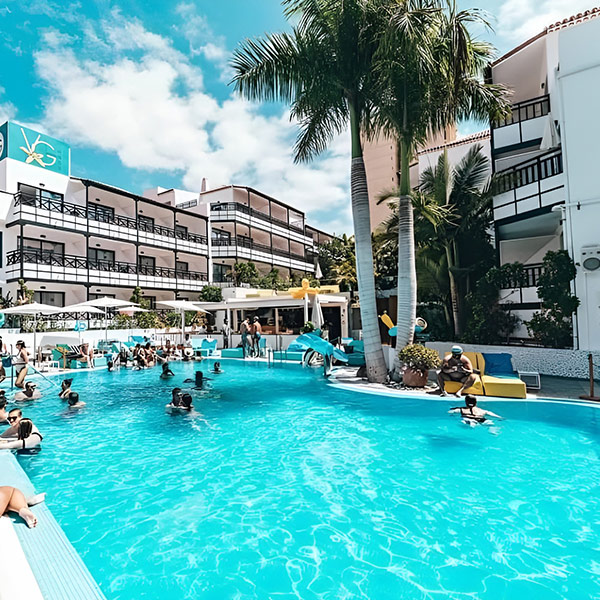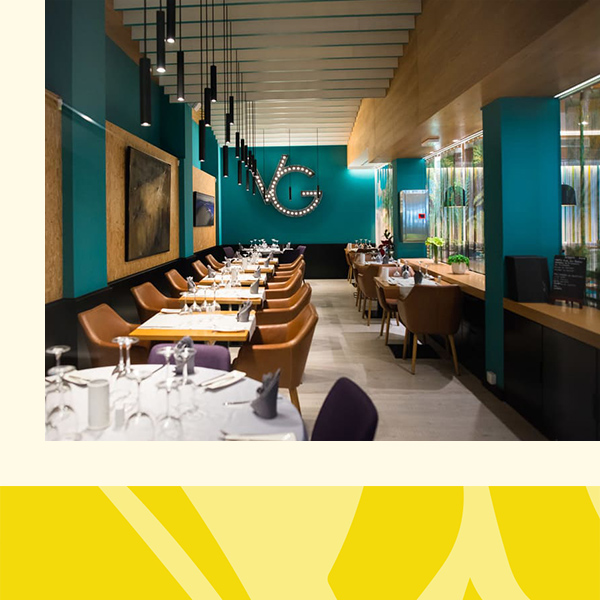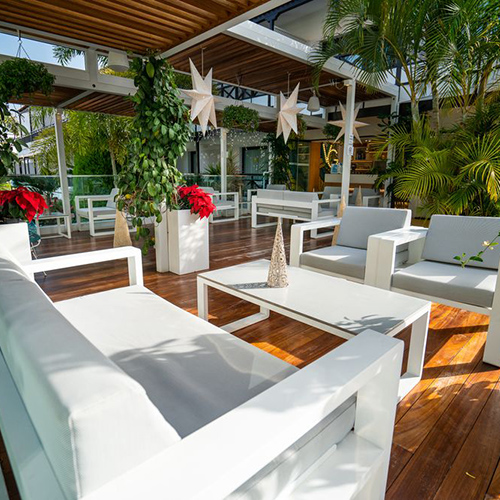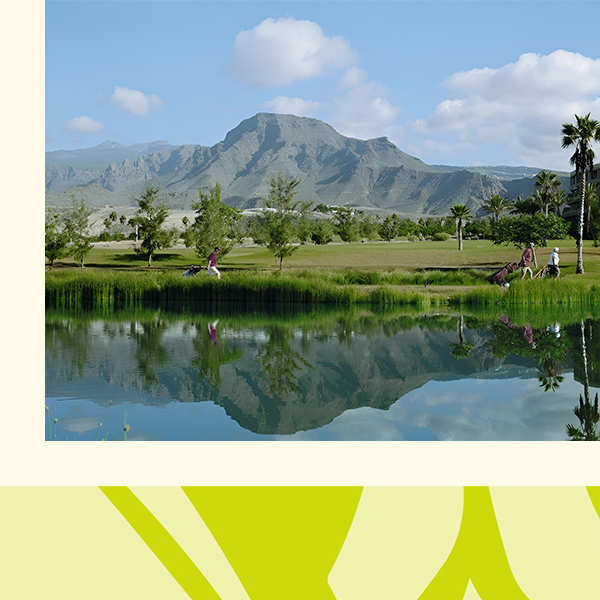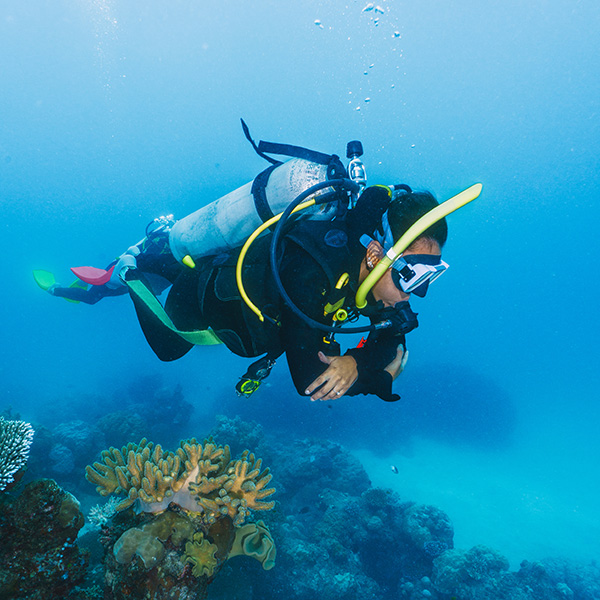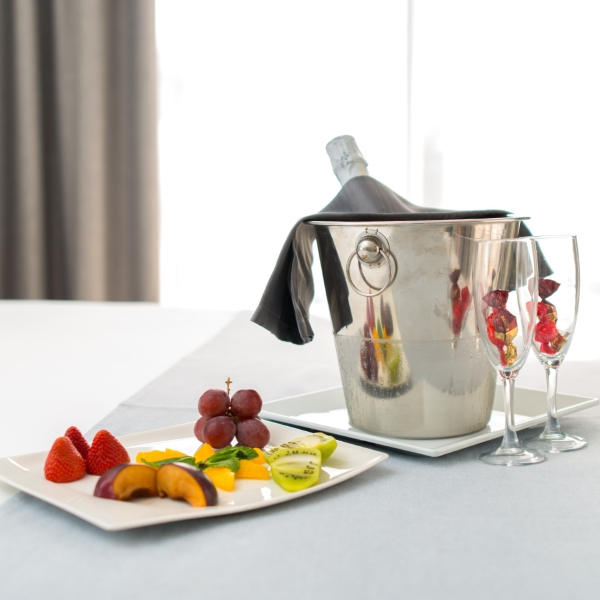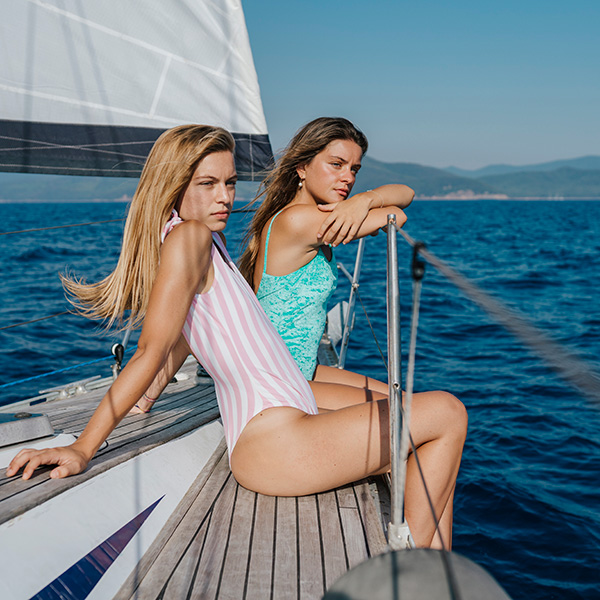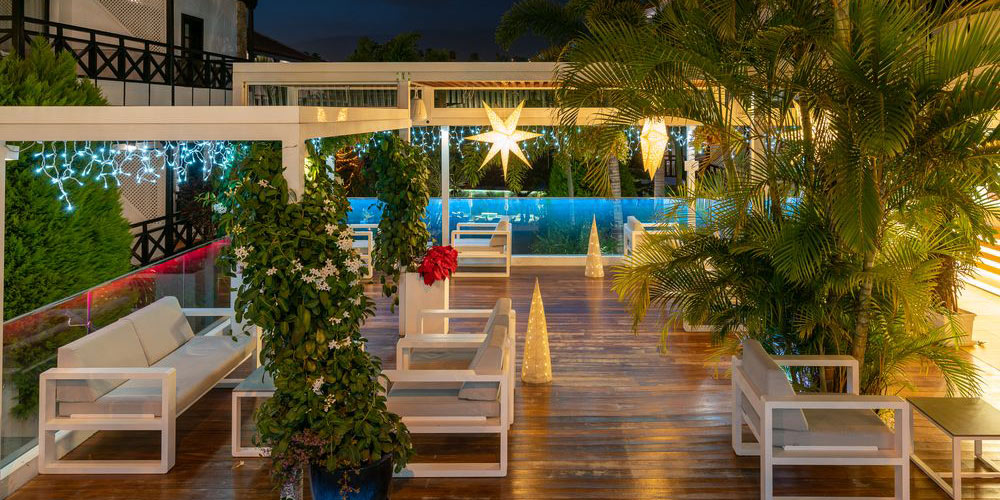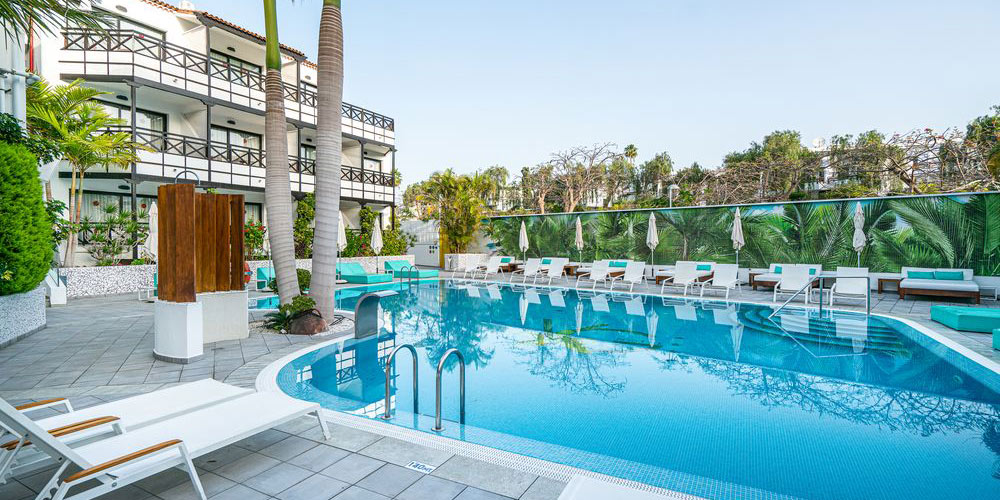WELCOME TO
VANILLA GARDEN BOUTIQUE HOTEL
An Adults Only experience that stands out
Looking for an adults-only hotel in Playa de las Américas where the sun, warm weather, and friendly atmosphere are part of the experience? You’ve come to the right place: Vanilla Garden Boutique Hotel Here, the fun and the Adults Only (+16) vibe are tailored just for you, creating the best environment to enjoy yourself and make each day a new adventure. Add stylish design with a cutting-edge and cosmopolitan touch, crafted for maximum relaxation and enjoyment, and all that’s left is to welcome you. Your next vacation starts here! Book your adults-only vacation now at Vanilla Garden Boutique Hotel
Rooms
More than just spaces to rest
The rooms and suites at Vanilla Garden Boutique Hotel are pure style and comfort. With a 4-star category, every detail is designed to make you feel at home – but even better. Bright spaces, modern design, and a fresh touch that will make you want to stay a little longer. Relax, enjoy, and experience it!
See roomsExperiences
The best experiences for a dream holiday
At Vanilla Garden Boutique Hotel, you’re on vacation, but the fun and activities never end. Relax by the pool, explore Tenerife, or simply enjoy doing nothing – that counts too. Every corner is filled with style and positive energy so you can live authentic experiences and create stories worth sharing. Let yourself go and enjoy to the fullest! And remember… it’s only for adults like you! No shouting, no kids, just the peaceful ambiance you’re looking for.
Offers
Thinking of discounts? You’ll be surprised!
The most attractive offers for you to enjoy your holidays at the best price are here. Take advantage of them, don't let them tell you about them!
Playa de las Américas
Discover the destination, Playa de las Américas
Welcome to Playa de las Américas, the epicenter of fun in Tenerife! Here, golden sandy beaches invite you to relax under the sun while savoring a cocktail at a beach bar. Looking for adventure? Try surfing, paddleboarding, or just dive into the crystal-clear waters. And when the sun sets, the party begins: bars and clubs await you to dance until dawn. Playa de las Américas is where fun never stops. Come and enjoy it!
